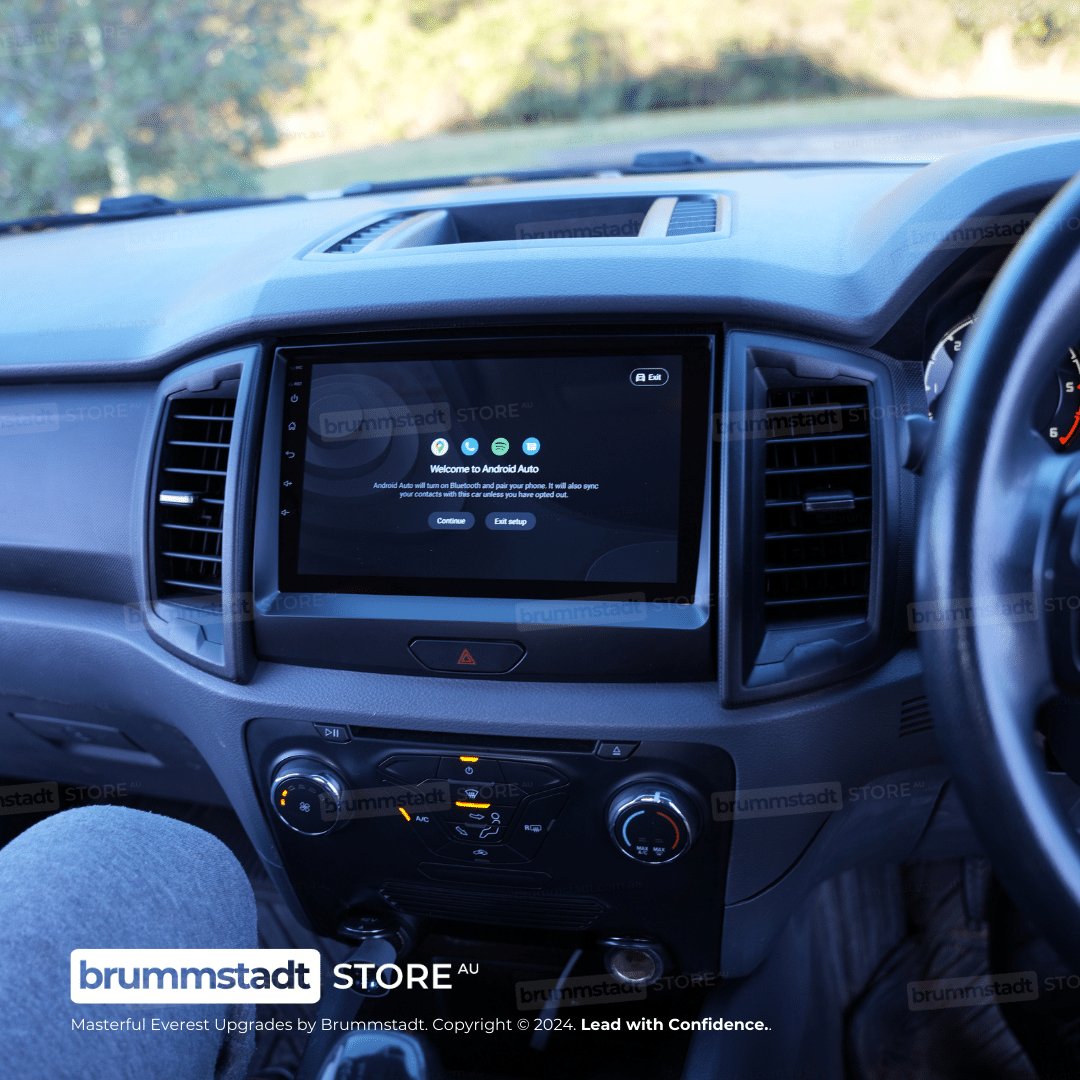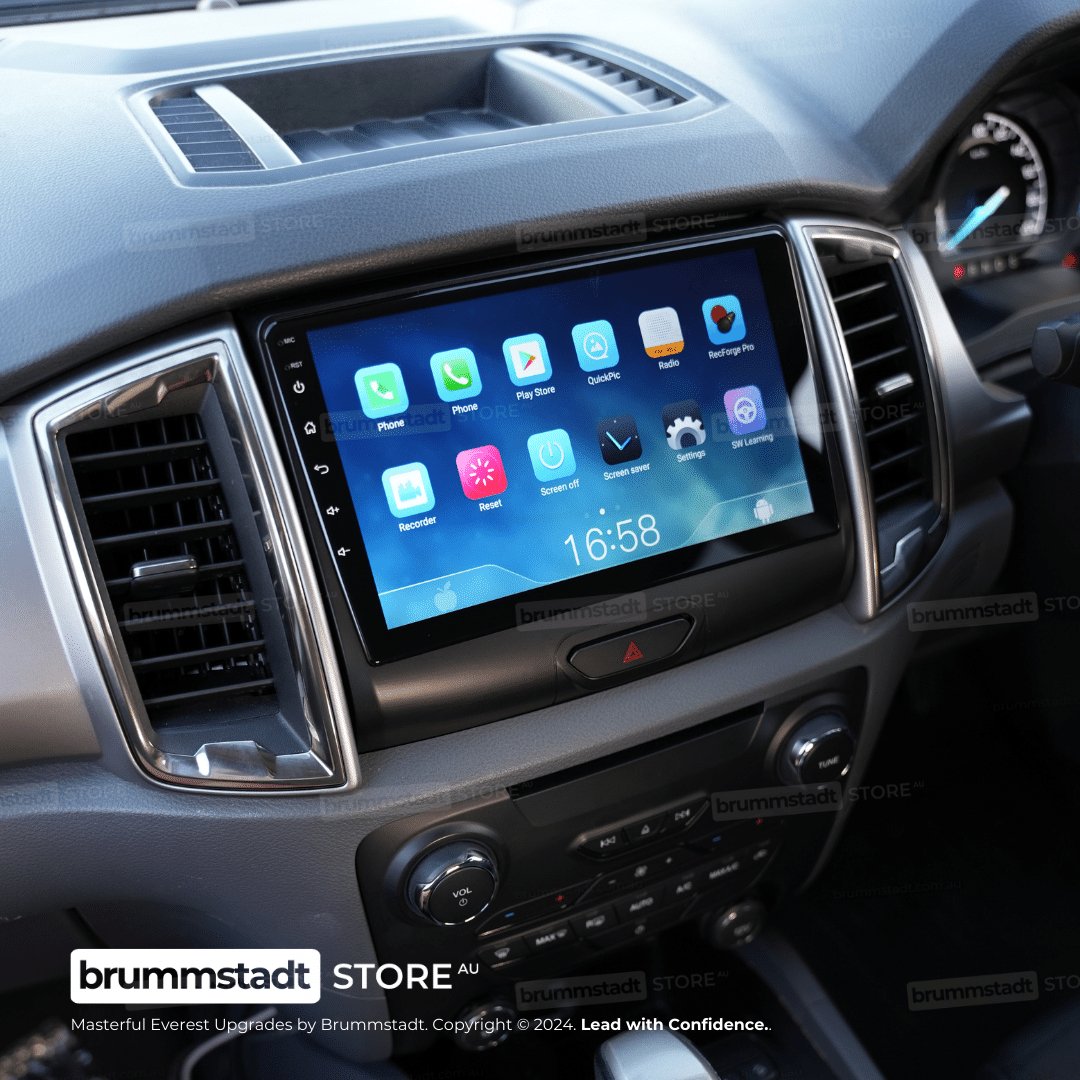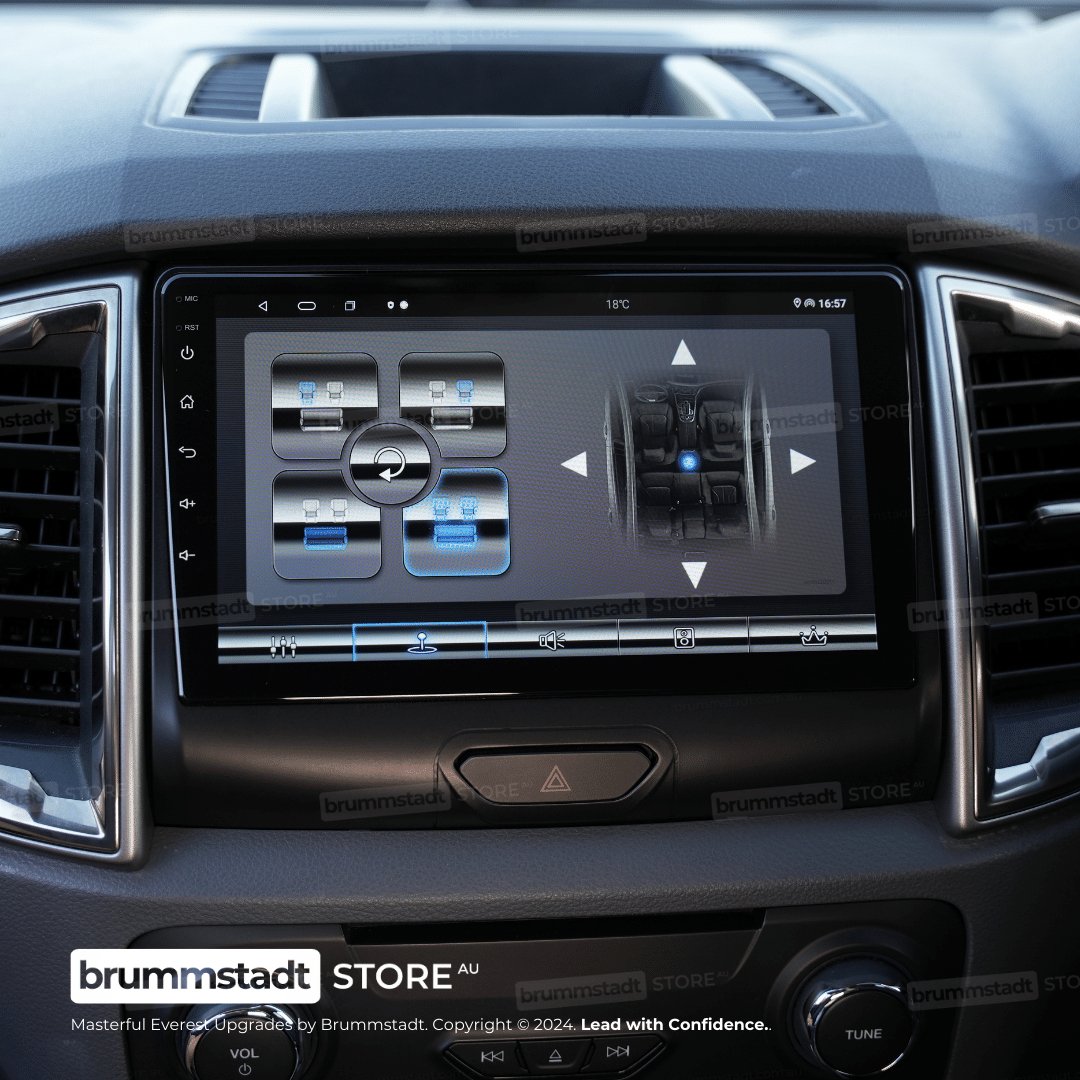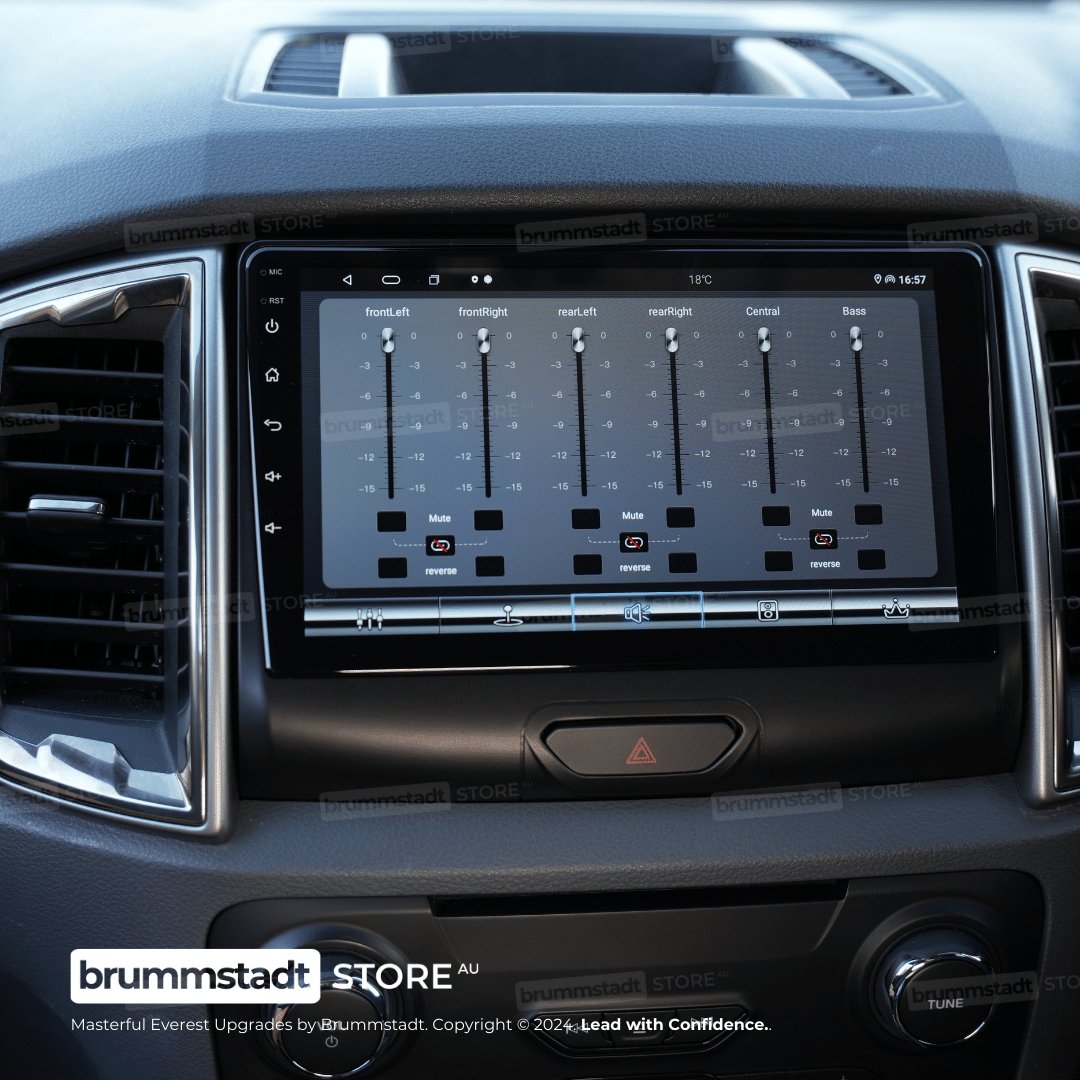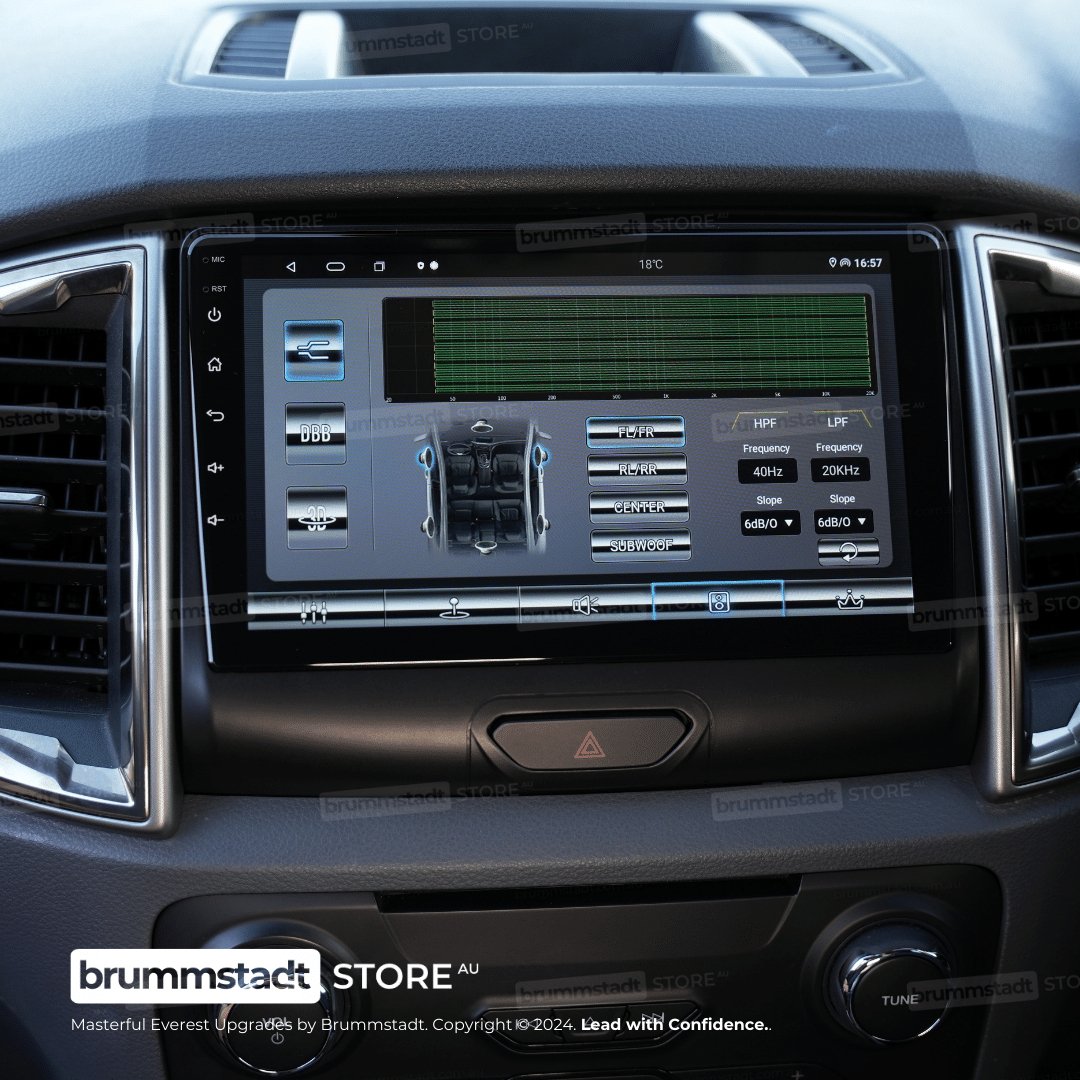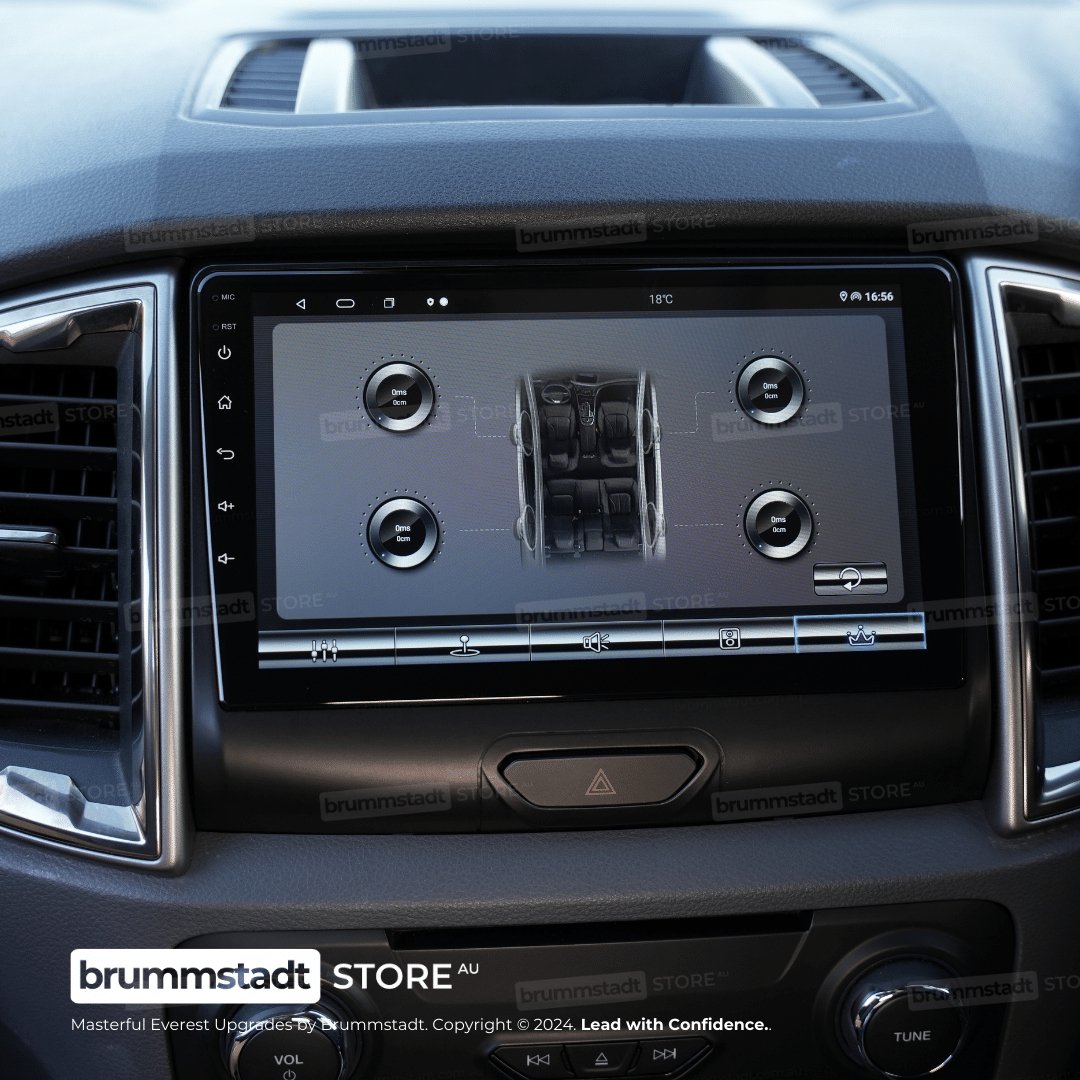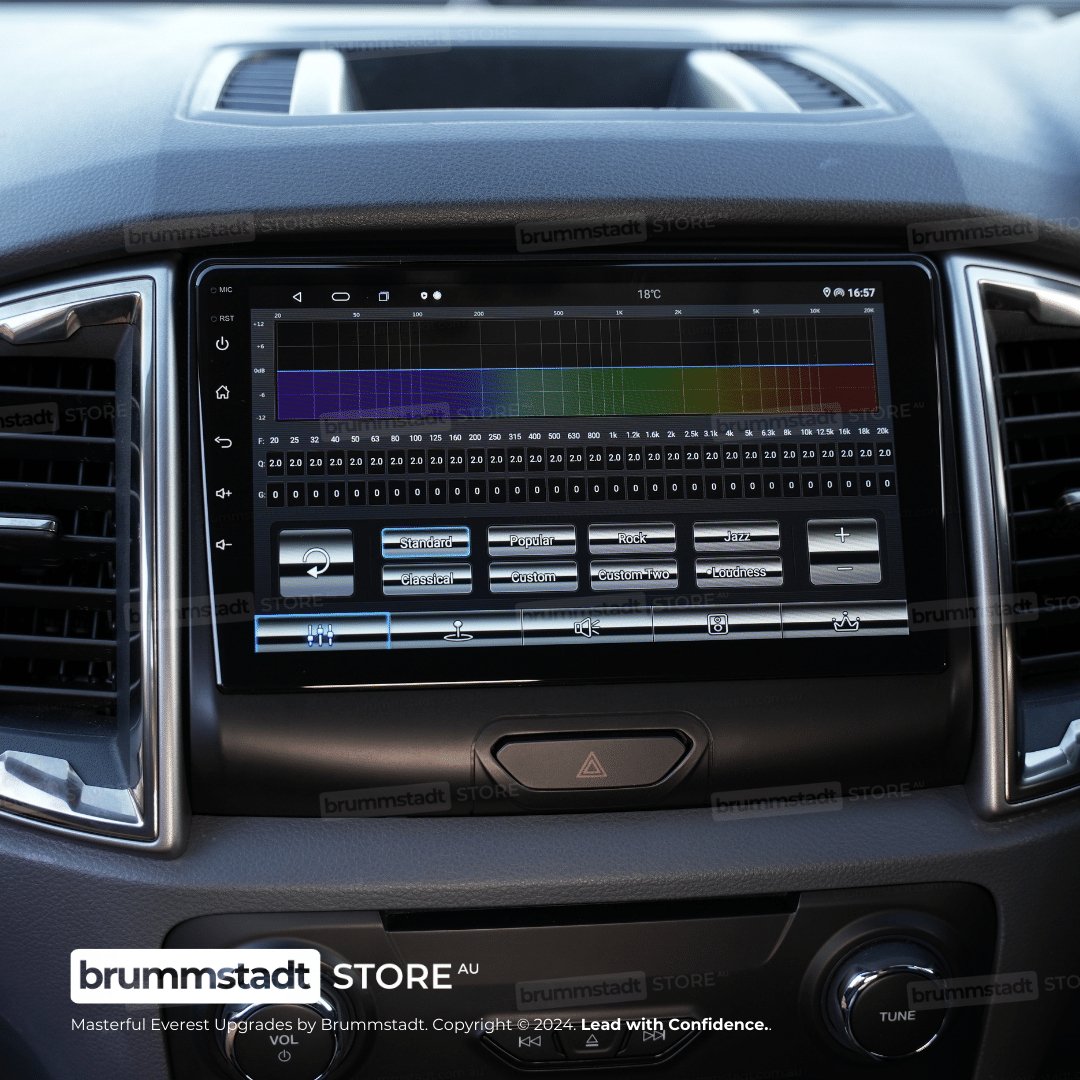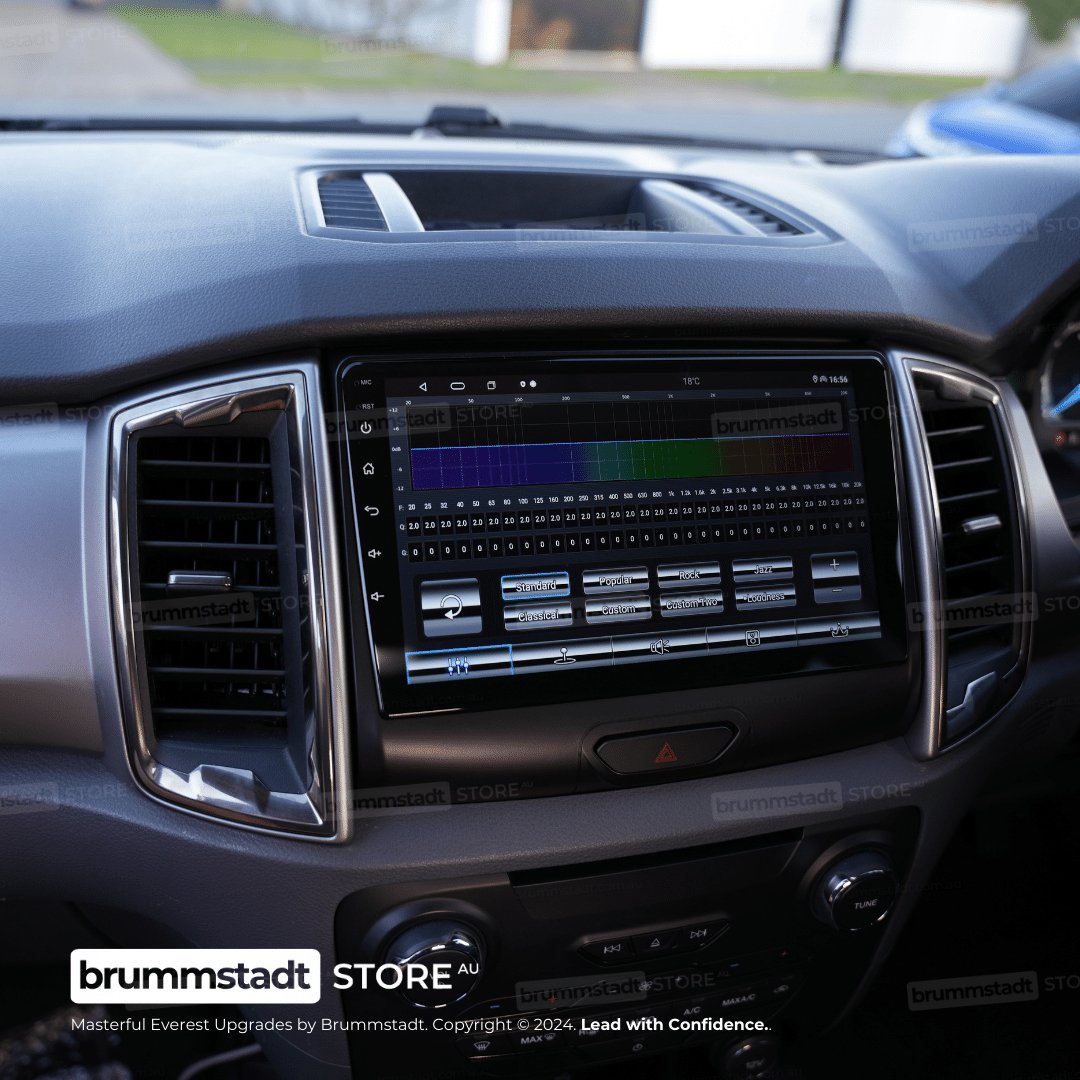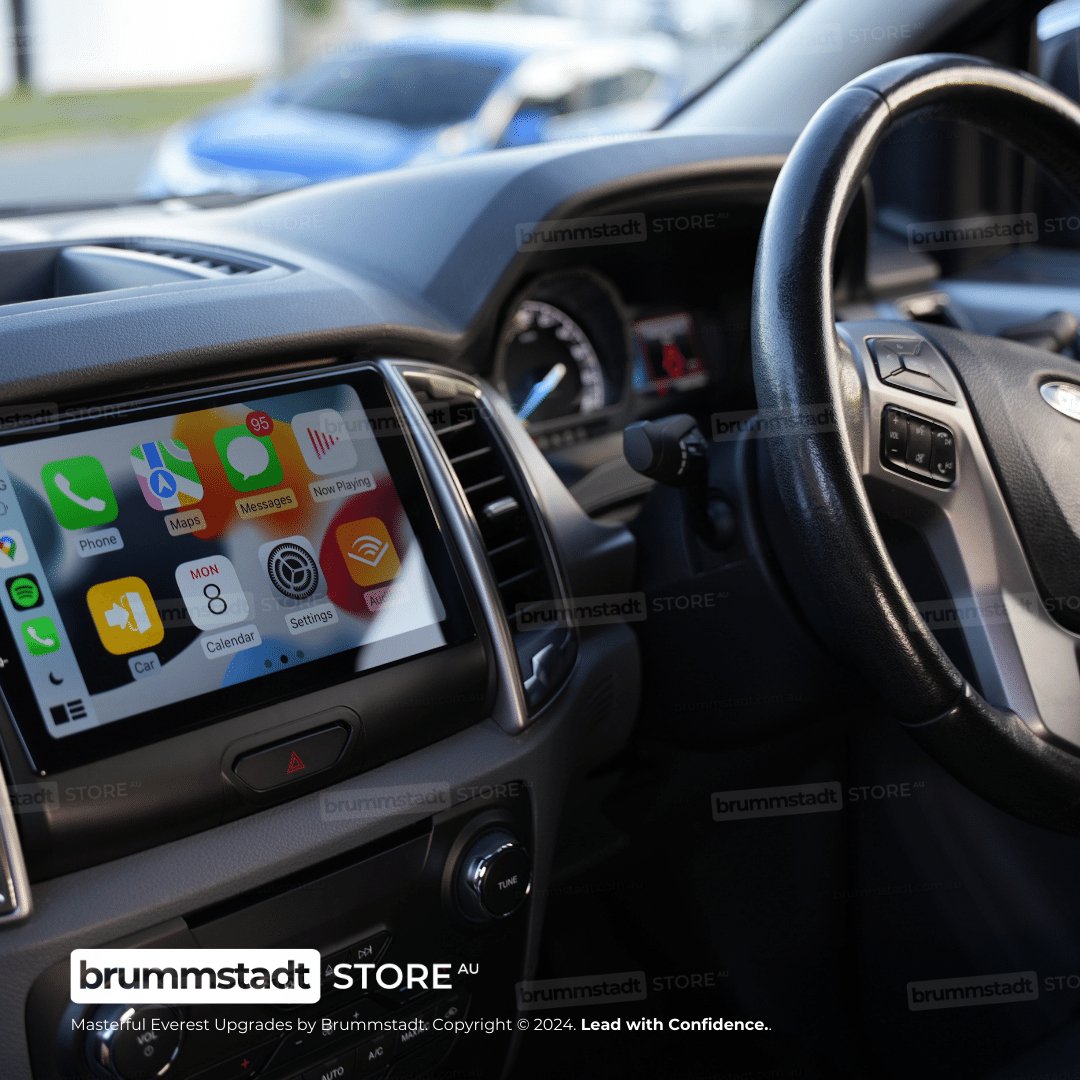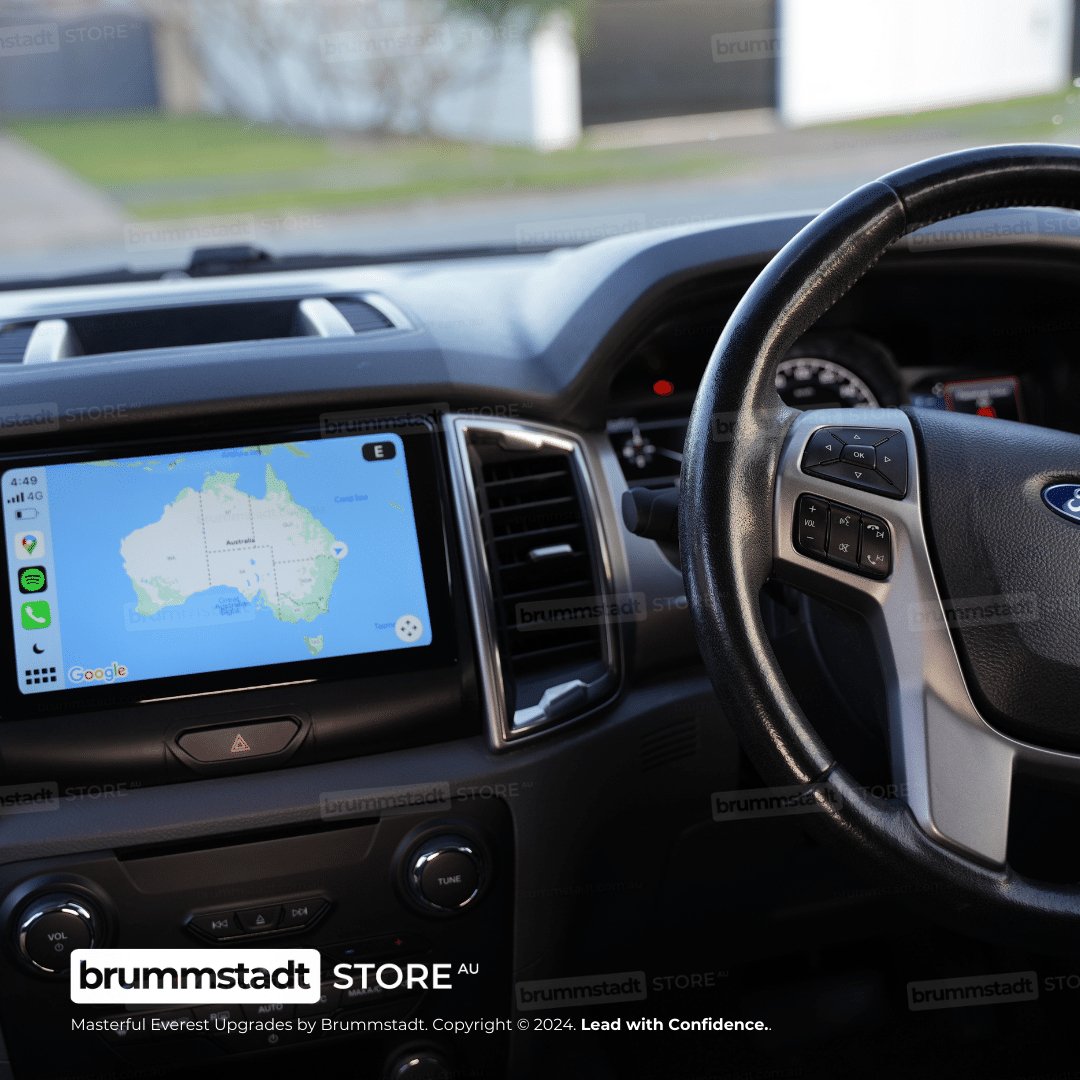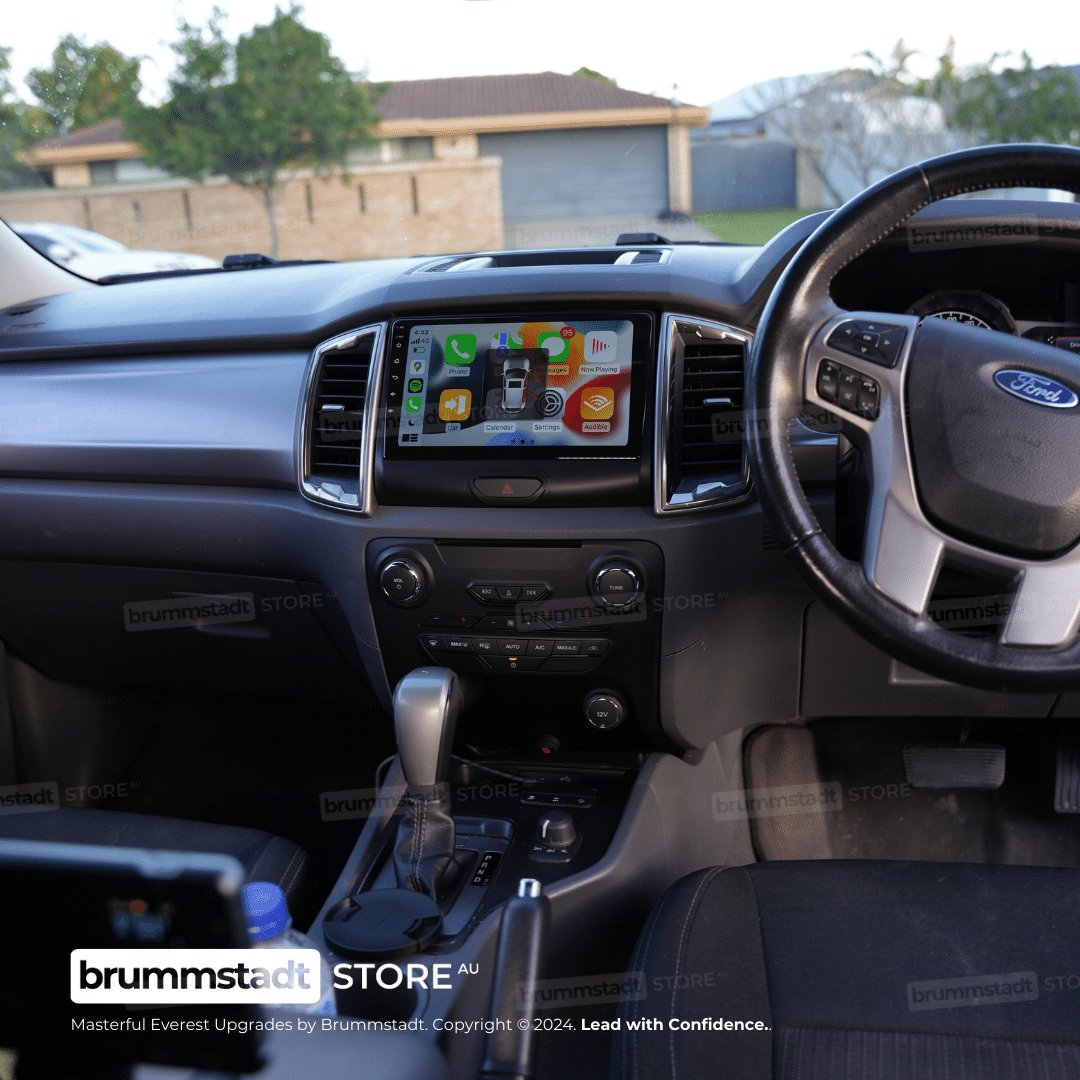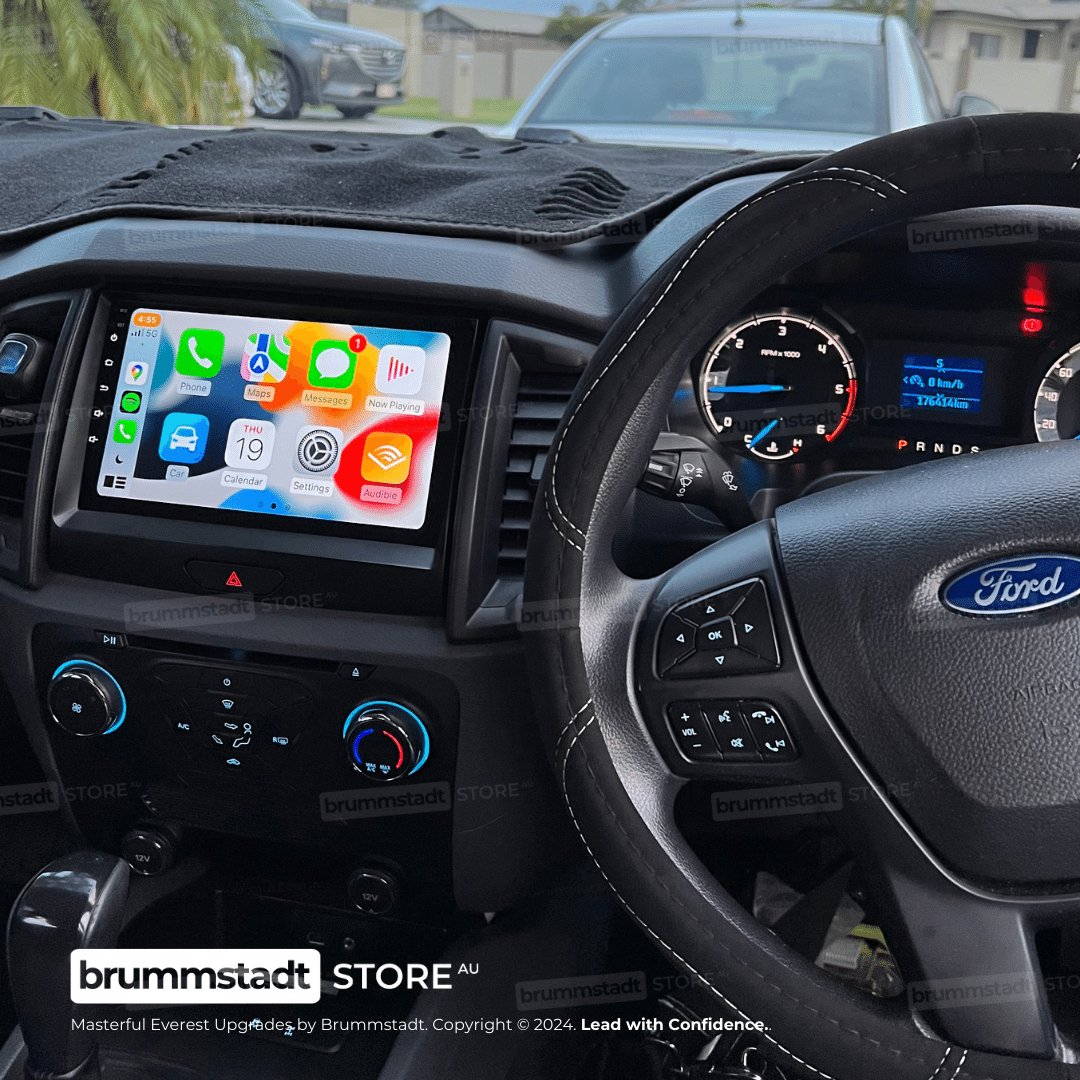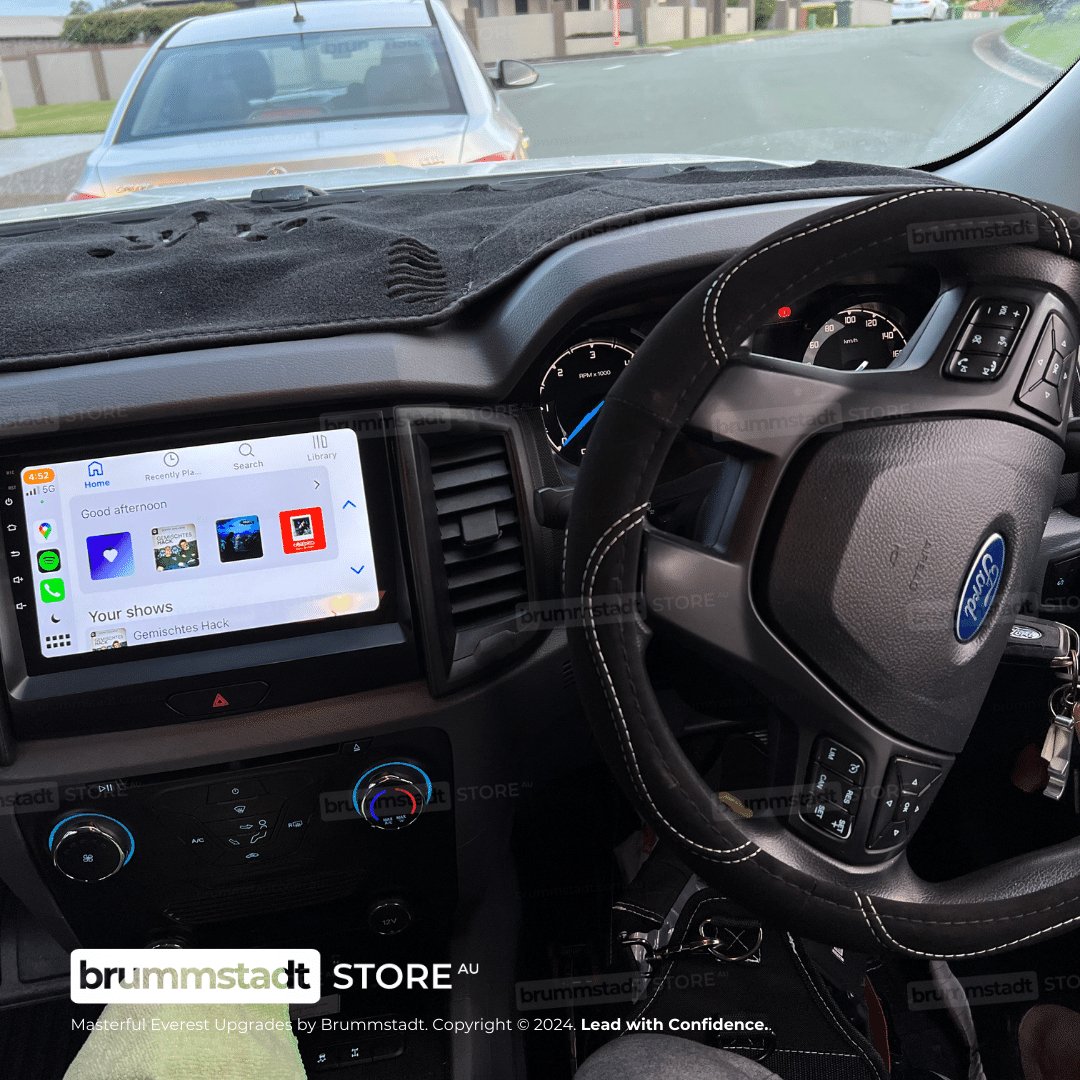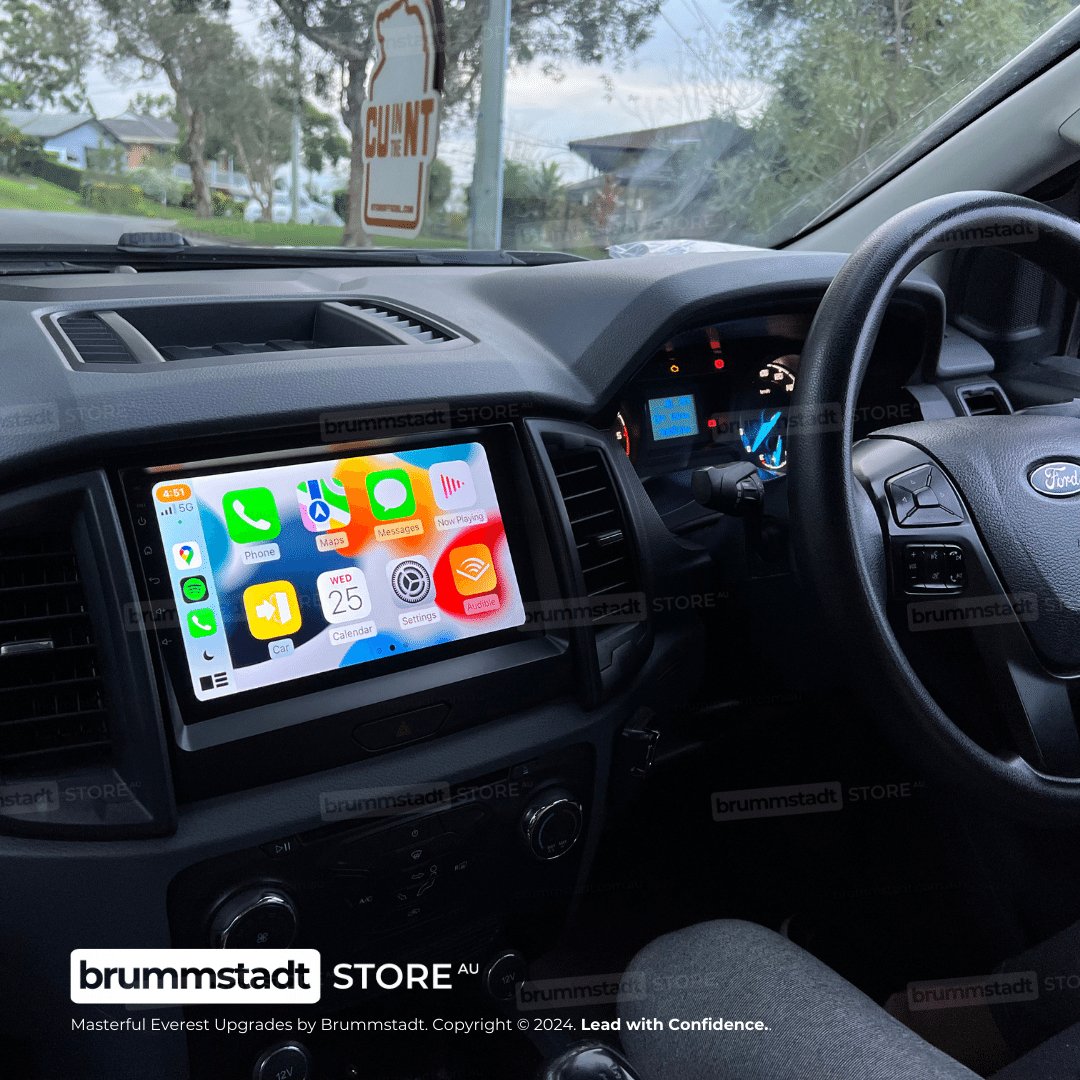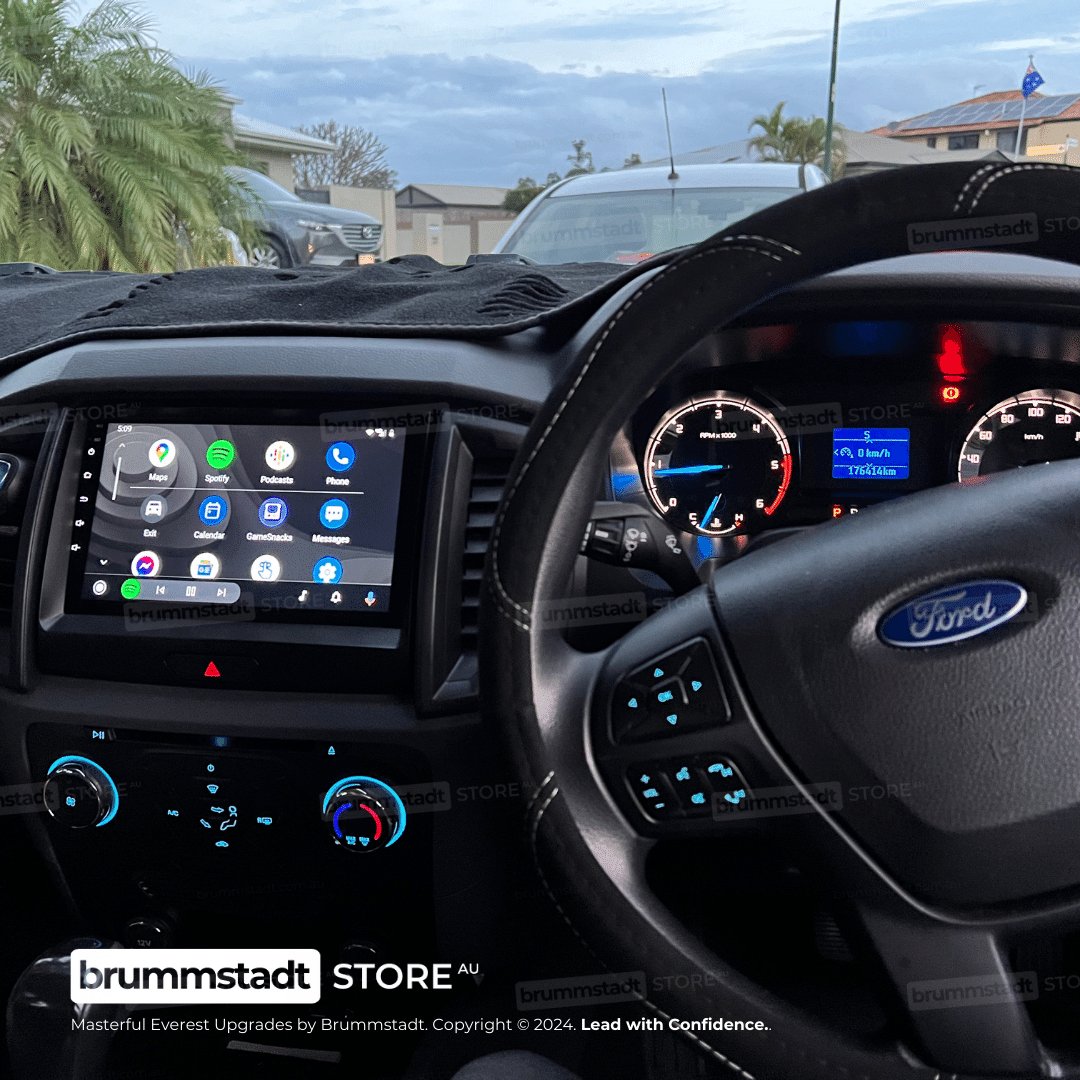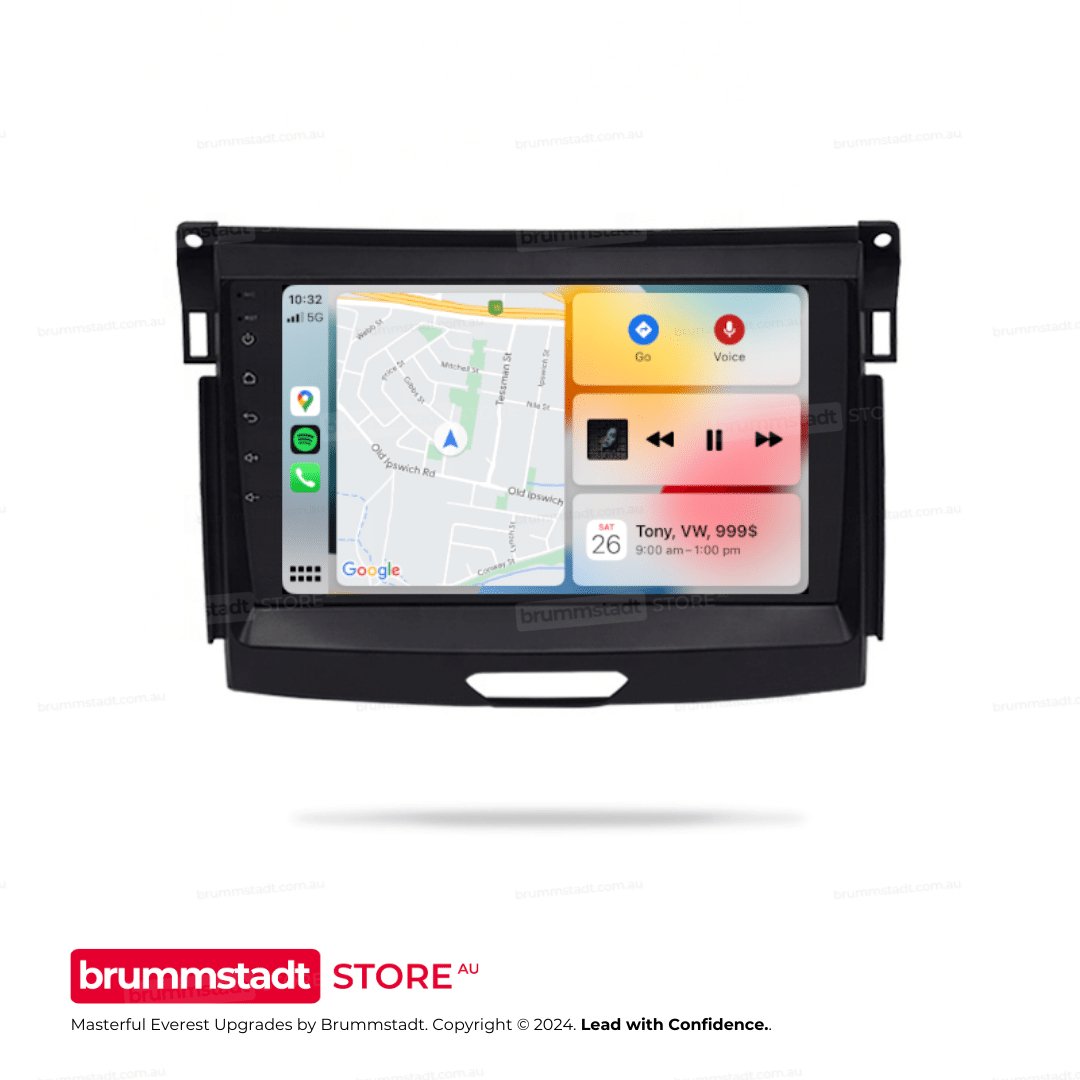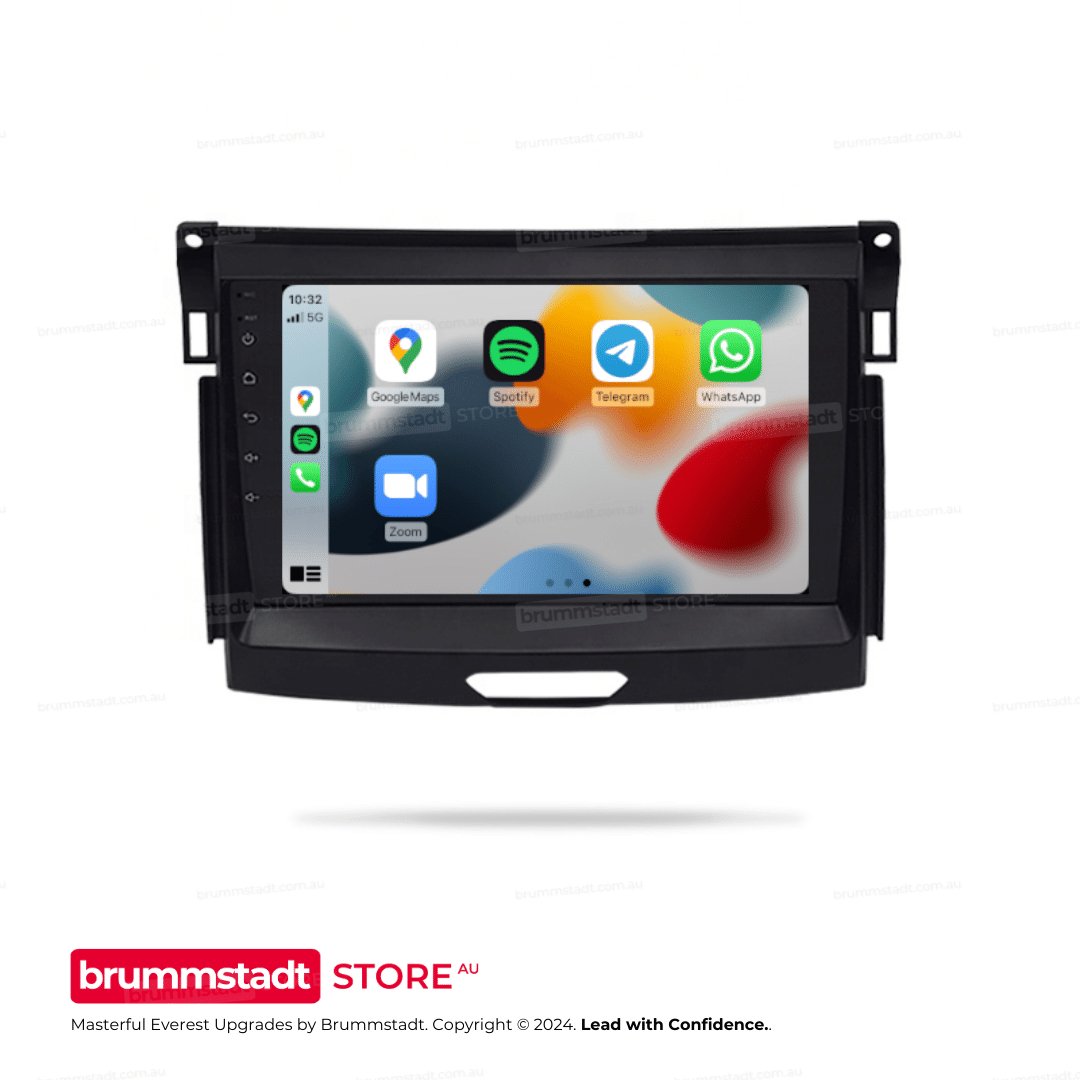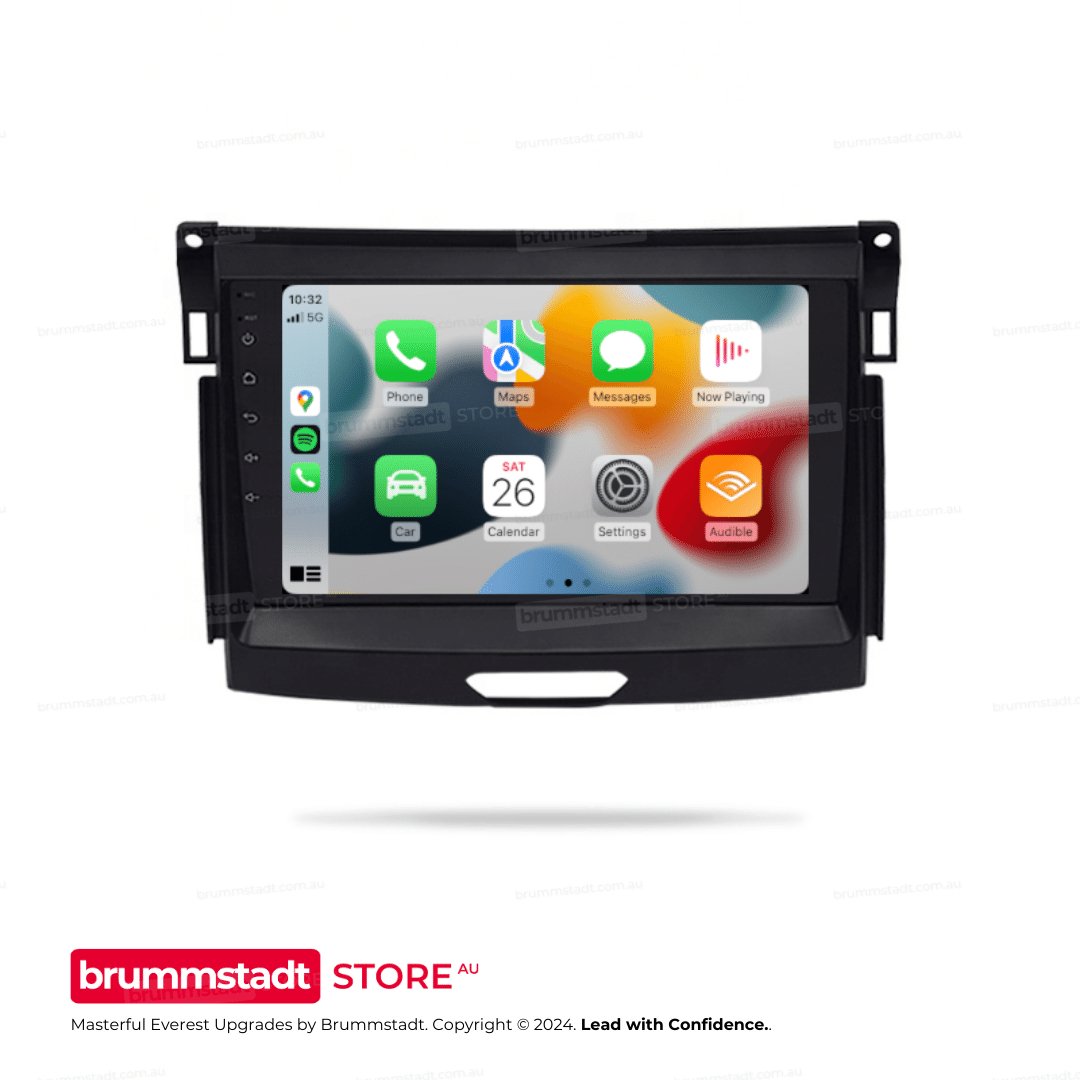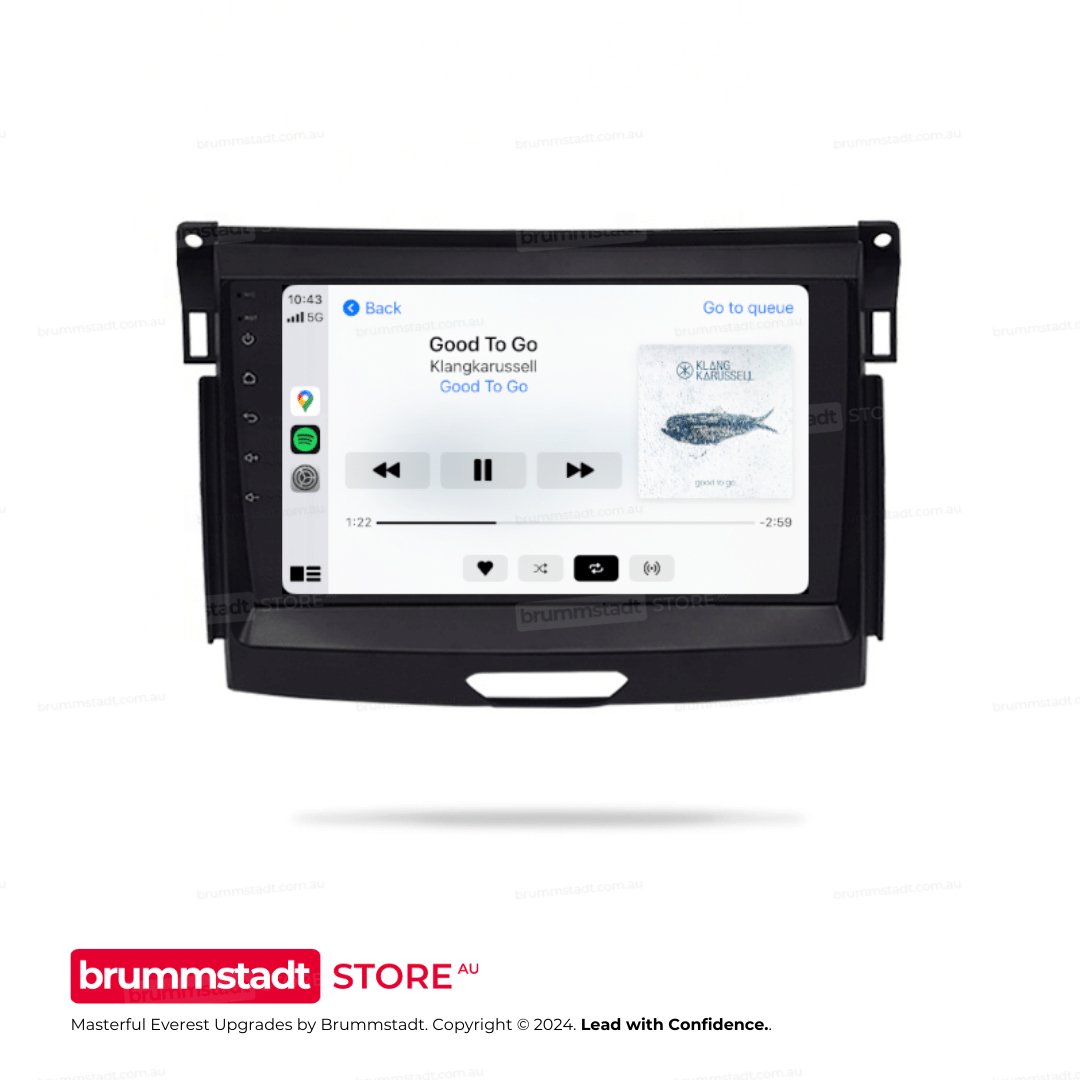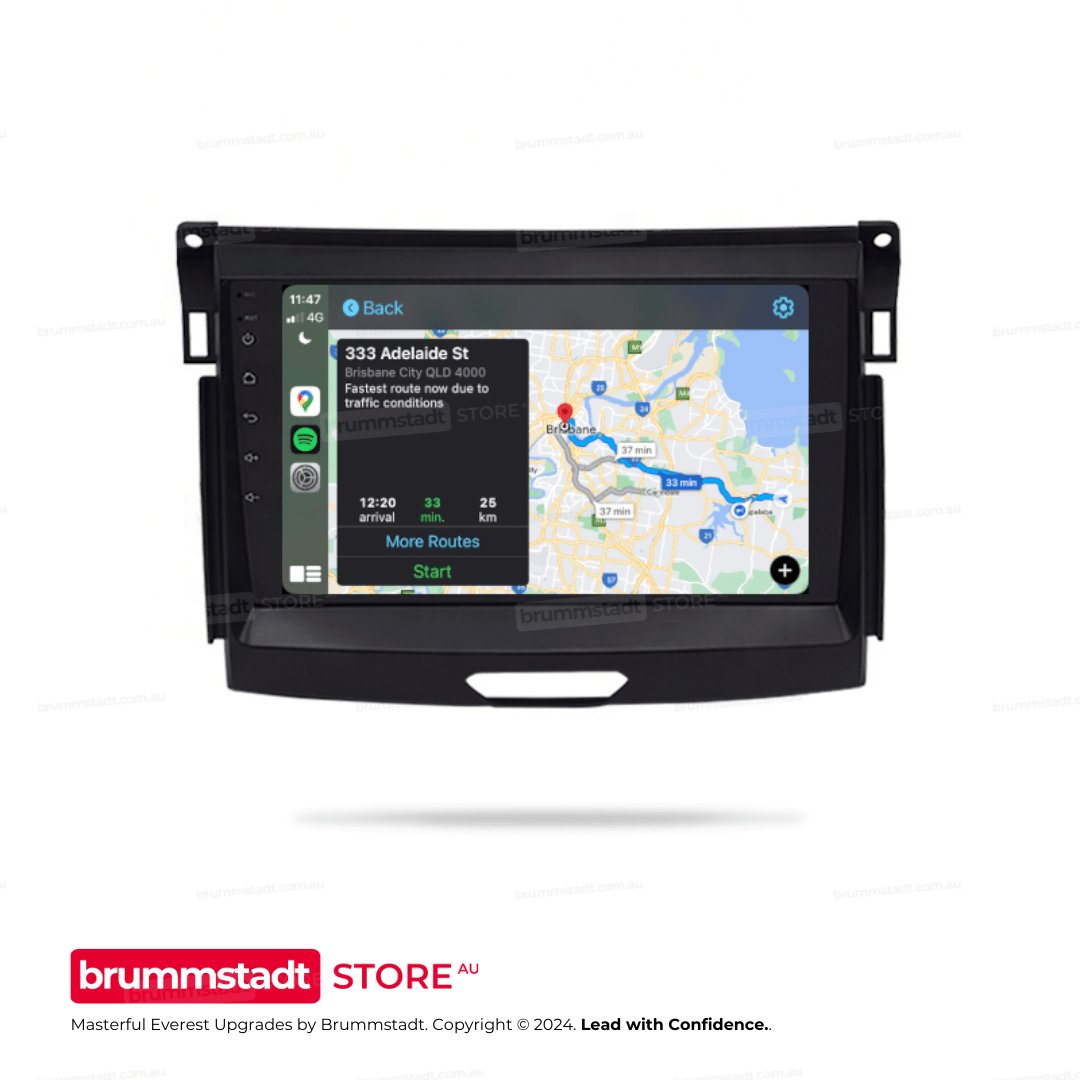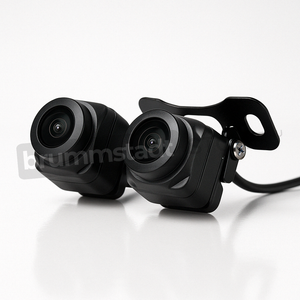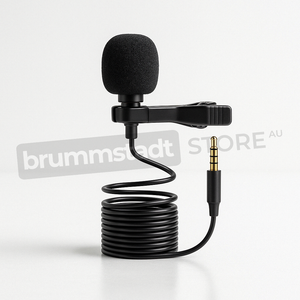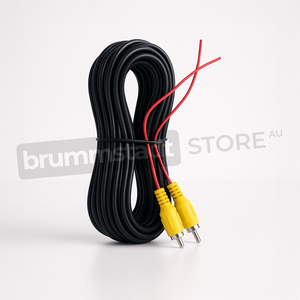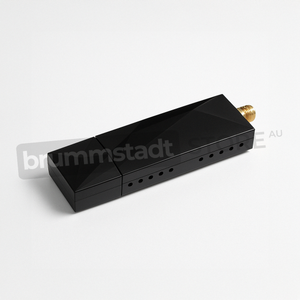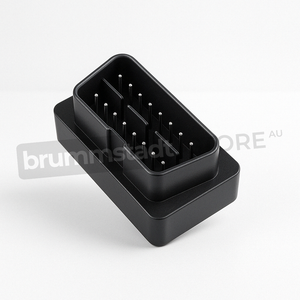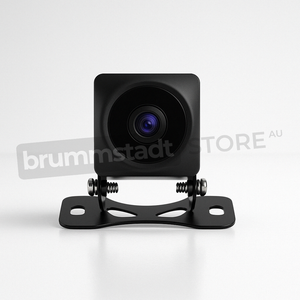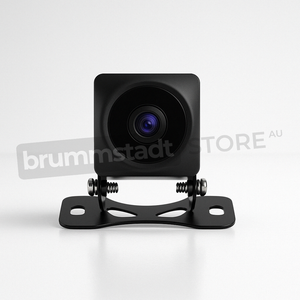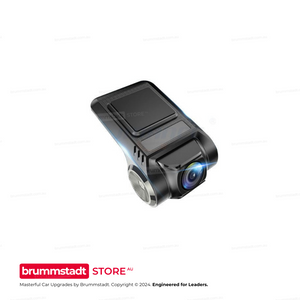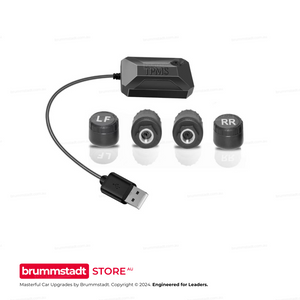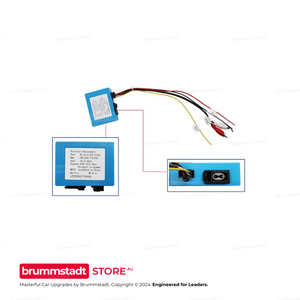Frequently Asked Questions
Everything you need to know about this head unit
Connect the single RCA cable with the yellow plug (included in your package) to extend your Bluetooth signal. This cable doubles as both a camera input AND a Bluetooth/WiFi antenna extension. The two small blue wires attached are antenna boosters that significantly improve connection stability. This simple connection takes 30 seconds and resolves 90% of Bluetooth issues. Make sure it's firmly connected even if you're not using a rear camera.
Try these proven solutions:
1. Quick Fix: Settings → Apps → Z-Link → Disable → Enable → Open (repeat each use)
2. Check Cables: Use the data/charge USB cable (not charge-only)
3. Bluetooth Setting: Disconnect all other Bluetooth connections - CarPlay needs exclusive access
4. Factory Reset Z-Link: Find the pink 'RESET' app, restart, reconnect Bluetooth, then try Z-Link
5. Sound Issues: Switch audio source to 'AUX' or 'USB/AUX' in your vehicle menu
Most issues are resolved with step 1 or 3!
The processor differs between models: The 2/32GB has a 4-Core processor, while 4/64GB and 8/128GB models feature the powerful 8-Core Cortex-A55 processor. Combined with RAM differences: The 2/32GB model with its 4-Core processor and limited RAM may experience slowdowns with heavy multitasking. The 4/64GB with 8-Core provides smooth performance for most users - no lag, seamless app switching, and enough storage for maps and music. The 8/128GB with 8-Core offers maximum performance with its generous RAM allowing unlimited multitasking and massive storage for extensive media libraries. Think of RAM like your desk space - more RAM means you can have more apps open simultaneously without slowing down.
Absolutely normal! These head units are complete replacement systems with their own GPS antenna, microphone, and Bluetooth module. Your factory connectors for these features won't be needed anymore. The important connections are: main power harness, speaker outputs, and the yellow RCA cable (even if not using a camera - it extends Bluetooth range). Any leftover factory plugs can be safely tucked away. If you're unsure about any connection, our support team is here 7 days a week.
Z-Link updates are handled through system firmware updates. Go to Settings → System → System Update. If an update is available, download it to a USB drive (FAT32 format) and install. Important: Never download Z-Link APKs from unofficial sources - they won't work and may cause issues. If you're having compatibility issues with newer iOS versions, the disable/enable workaround (Settings → Apps → Z-Link) usually resolves them while waiting for official updates.
Consider your usage:
• 2/32GB (4-Core): Budget option - fine for basic use, but may lag with multiple apps due to 4-Core processor and limited RAM
• 4/64GB (8-Core): Sweet spot - smooth Android Auto/CarPlay, multitasking, and ample storage
• 8/128GB (8-Core): Premium choice - unlimited multitasking, massive storage, future-proof for years
Most customers choose 4/64GB for the perfect balance of performance and value. The extra RAM makes a huge difference in daily smoothness!
The yellow RCA cable's blue antenna wires also boost WiFi signal! Make sure this cable is connected. Additionally, try these tips: Position the blue antenna wires away from metal surfaces, check that your phone's hotspot is set to 2.4GHz (not 5GHz) for better range, and ensure the head unit's WiFi sleep policy is set to 'Never' in Settings → WiFi → Advanced. For best performance with wireless CarPlay, keep your phone within 1-2 meters of the head unit.
Go to Settings → Sound → Equalizer and adjust to your preference. For more volume, increase the 'Loudness' setting. The 4/64GB and 8/128GB models have superior audio chips that provide cleaner, louder sound. If you have an amplifier, use the RCA outputs for best quality. Also check Settings → Factory Settings (password usually 126) → Audio settings for additional gain controls. Remember: higher-spec models (4GB+) include premium audio components for noticeably better sound.
Yes! Most vehicles work instantly. If not, use the steering wheel learning app: tap the steering wheel icon, press each button on your wheel, and assign functions. For newer vehicles with CANbus, we provide CANbus modules for automatic setup. Some vehicles may need the Key1/Key2 wires connected (usually included in our harness). If you're having trouble, let us know your exact vehicle model and we'll provide specific instructions.
We offer a 30-day return policy. If it doesn't fit or there's a compatibility issue, we'll work with you to resolve it. If you change your mind, a 20% restocking fee applies. Our team verifies compatibility before shipping to minimize issues. We provide installation support 7 days a week to help resolve any problems. With our 3-year warranty and Australian-based support, you can purchase with confidence. Full details in our Refund Policy.
Historical Journey of the Ford Everest:
First Generation: Ford Everest (2003–2015)
Initially debuted in 2003, the Everest (called Ford Endeavour in India) was designed utilizing Ford Ranger pick-up fundamentals, emphasizing rugged dependability alongside practical usability. For markets across Asia and Africa, the Everest provided reliable diesel engines, robust ladder-frame chassis engineering, and a no-nonsense interior accommodating larger families comfortably. Its appeal largely came from its durable construction, generous interior space, and impressive off-road performance.
Throughout the early to mid-2000s, the Everest reinforced itself as an SUV adept at navigating rough terrain and demanding conditions—especially appreciated in rural and remote regions in Southeast Asia, Australia, and parts of Africa—due to its assured off-road prowess and towing capability.
Second Generation: Ford Everest UA & UAII Series (2015–2022)
With sophisticated design enhancements and engineering refinements, the 2015 release of the Everest UA series (second generation) represented Ford's confident evolution toward combining premium comforts with uncompromised ruggedness. Utilizing the global T6 Ranger platform, this generation provided a significant levelling up in refinement, cabin quality, technology features, and driving enjoyment.
In Australia and certain Asia-Pacific regions, the updated UA platform translated successfully into a family-oriented SUV experience. With modern styling cues, robust diesel power (notably the 3.2-litre five-cylinder Duratorq TDCi and later the efficient 2.0-litre Bi-turbo diesel engine), marked towing abilities, and advanced off-road technology applications such as Ford’s Terrain Management System, it rapidly became a favored choice among families and adventure-seekers needing flexibility without sacrificing refinement.
Ford Everest (2018–2022) – UAII Series Updates
In 2018, Ford further sharpened its Everest offering in the UAII update. Exterior restyling enhancements, refreshed interior comforts, upgraded suspension refinement, improved sound insulation, and critical advancements in driver-assist and technology features significantly lifted its overall driving experience. Key driver assistance systems such as autonomous emergency braking (AEB), adaptive cruise control, lane-keeping assist, and blind-spot monitoring enhanced safety, lending each journey a reassuring sense of security and confidence.
Notable also was its enhanced infotainment offering—Ford’s SYNC3 system provided drivers with phone integration via Apple CarPlay and Android Auto. Improved cabin acoustics and a refreshed dashboard layout elevated comfort levels in routine travels as well as extended family journeys, effectively solidifying the UAII series Everest as a preferred choice amongst discerning family buyers.
Elevating Driving Experience with Aftermarket Technology:
Recognizing the Ford Everest UAII series' strengths in performance, capability, and family-friendly design, thoughtful and appropriate infotainment upgrades enrich an owner’s daily interactions considerably. Amid the available options, Brummstadt has developed a premium replacement head unit tailored specifically for optimal compatibility with the Everest interior and electronics architecture, catering perfectly to vehicles produced from 2018 to 2022.
This Brummstadt head unit significantly expands upon original infotainment capabilities. Central features include comprehensive wired and wireless Apple CarPlay as well as Android Auto compatibility, offering immediate access to Google Maps, Apple Maps, WAZE, and various other navigation platforms. Picture a scenario where, after enjoying an evening dinner with family, the next destination—the home of a close friend—is already mapped on a mobile device. Upon entry to the Everest, this previously set navigation transfers smoothly via wireless Apple CarPlay or Android Auto onto the Brummstadt unit’s vivid touchscreen. Thus, transitions from social outings to driving become effortless and relaxing experiences.
Another beneficial addition available is a dual front and rear 1080p HD camera recording solution. Beyond heightened visibility, the dash camera system offers recorded footage, supplying valuable evidence for potential insurance claims or for securely capturing memorable travel experiences. This practical addition provides genuine peace-of-mind, particularly in challenging driving scenarios where clear video evidence can be crucial.
Entertainment too receives notable attention. The Brummstadt head unit supports multiplayer games by directly connecting game controllers through its integrated USB ports—creating a powerful and entertaining focal point for family engagement during longer road trips or everyday commutes. A unique capacity to interact via smart voice control also distinguishes this head unit: the ability to issue voice commands for media selection, navigation entry, or even interfacing with smart home devices ("Hey Siri! Turn on porch lights") provides owners significant convenience, driving safety, and seamless integration into digitally connected lifestyles.
Benefits and Pleasures of Driving a Ford Everest (2018-2022):
This second-generation Everest—the UA and especially the UAII mid-cycle refinement—has significantly raised expectations within the mid-to-large SUV category. Exceptional ride comfort and handling dynamics convey a reassuring sense of control, equally impressive both on long distance highway travels and more demanding off-road runs. Its robust powertrain offerings, commendably smooth automatic transmissions, intelligent off-road terrain control systems, and thoughtful family passenger space illustrate an SUV thoughtfully designed for daily practicality alongside serious adventuring abilities.
Luxury-infused refinements, ranging from noise-dampening insulation, premium materials inside, spacious three-row seating, and enhanced infotainment systems, exemplify Ford's detailed engineering attention toward satisfying modern families' various needs: everyday commuting, extended road trips, occasional towing demands, and wilderness explorations. Such multifaceted ability firmly established the Ford Everest as a thoughtfully comprehensive platform for adventurous yet comfort-conscious lifestyles.
Complementing these intrinsic attributes with a carefully tailored aftermarket infotainment unit from Brummstadt further amplifies each aspect of this driving experience. Through intelligent smartphone connectivity, improved navigation precision, practical safety enhancements, and engaging entertainment solutions, the possibilities clearly illustrate how dedicated technological investments become instrumental in transforming each journey—delivering more convenience, reassurance, and satisfaction.
The Ford Everest from 2018 to 2022 thus positions itself impressively: successfully embracing its evolution from rugged roots toward thoughtful, premium versatility, while comfortably meeting varied demands of family life and adventure. Considerably enriched through intelligent aftermarket technological integration, it demonstrates that technology and engineering can harmoniously combine to advance automotive enjoyment and practical family living significantly.








